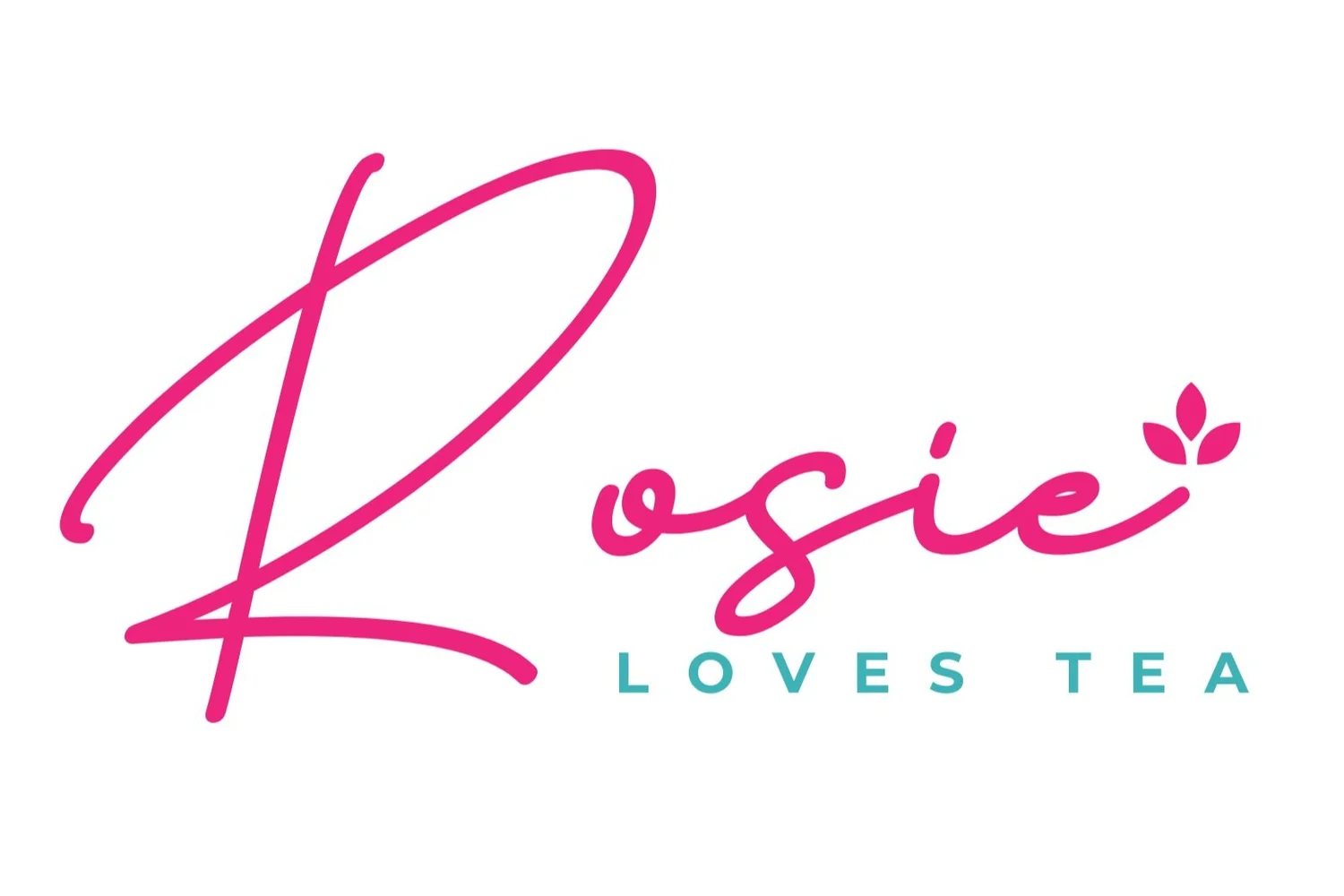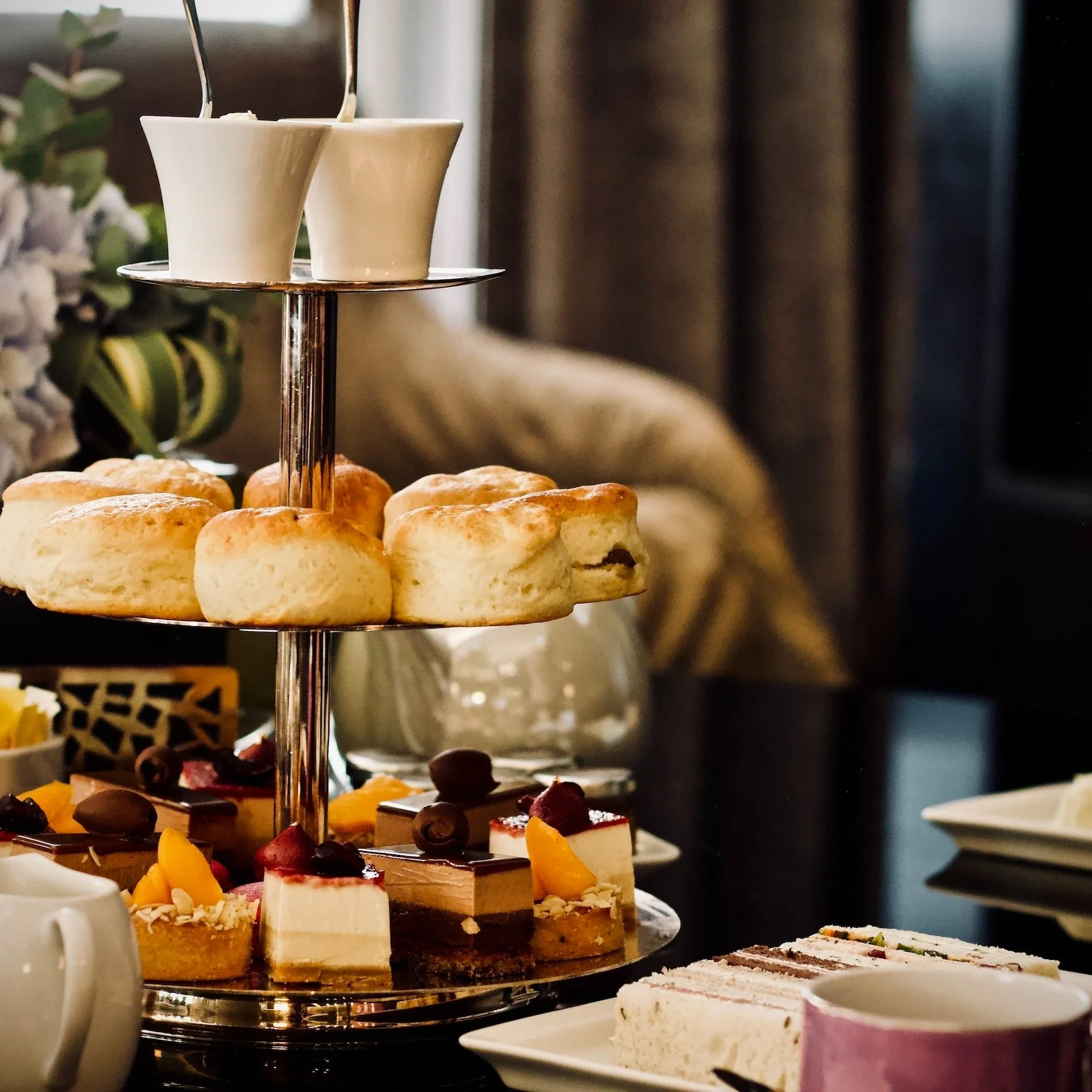Afternoon Tea vs. High Tea: What are the Differences?
If you're a fan of tea, you might have heard of the terms "afternoon tea" and "high tea." But what exactly do they mean? In this article, we'll explore the differences between these two beloved tea traditions. So if you're curious about the differences between afternoon tea and high tea, keep reading to learn more!
Afternoon Tea vs. High Tea: A Comprehensive Comparison
Discover the discrepancies between afternoon tea and high tea with our in-depth comparison, as we delve into the key differences between these two beloved tea traditions.
History of Afternoon Tea
First introduced by Anna the Duchess of Bedford in 1840, afternoon tea is known as a very British affair, because we all know that Brits drink a lot of tea! But afternoon tea is commonly enjoyed all over the world nowadays not just in England.
At the time, dinner was typically served around 8 or 9 p.m., and this long gap between lunch and dinner left the Duchess feeling peckish. She began inviting friends to join her for tea and snacks in the afternoon, and the practice soon gained popularity among the social elite.
Afternoon tea quickly became a social event and a way for the upper class to showcase their wealth and social status. It was typically held in the drawing room or sitting room, and the spread included dainty finger sandwiches, scones with clotted cream and jam, and a variety of pastries and cakes, all served with an array of fine teas.
Today, afternoon tea is still celebrated in England and in many other parts of the world as a time-honored tradition, with variations and interpretations to suit different tastes and occasions. It is a beloved custom that continues to capture the hearts of tea enthusiasts and history enthusiasts alike.
🫖 Download Your FREE Afternoon Tea Party Planner
Afternoon Tea vs. High Tea: What’s the Difference?
The terms "high tea" and "afternoon tea" are often used with the same meaning, but they actually refer to two distinct tea traditions with differences in their origins, timing, and menu.
Origins: High tea originated as a working-class meal in Britain during the 18th and 19th centuries. It was typically eaten by laborers, miners, and those who worked physically demanding jobs, as a substantial evening meal after a long day of work. Afternoon tea, on the other hand, was a social ritual that emerged among the upper class in the early 19th century as a light meal to bridge the gap between lunch and dinner.
Timing: High tea is traditionally served in the early evening, usually around 5 or 6 p.m., after the workday is over. It is considered more of a substantial meal, often replacing dinner for those who partake in it. Afternoon tea, on the other hand, is typically served in the late afternoon, usually between 3 and 5 p.m., as a light refreshment between lunch and dinner.
Menu: High tea is known for its heartier fare, as it was originally intended as a substantial meal for the working class. It typically includes dishes such as meat pies, sausages, eggs, beans, and other savory items, along with bread or toast, butter, and sometimes cheese. Afternoon tea, on the other hand, features a more delicate and refined spread, including finger sandwiches with fillings like cucumber or smoked salmon, scones with clotted cream and jam, and a variety of pastries, cakes, and sweets.
Setting: High tea is often associated with a more informal setting, such as a family dining table or a pub, where it is enjoyed as a substantial evening meal. Afternoon tea, on the other hand, is typically served in a more formal and elegant setting, such as a tea room, hotel, or fine dining establishment, where it is often presented on a tiered stand and served with fine bone china and silverware.
In summary, high tea and afternoon tea differ in their origins, timing, menu, and setting. High tea is a more substantial working-class meal traditionally eaten in the early evening, while afternoon tea is a lighter, refined social ritual traditionally enjoyed in the late afternoon as a bridge between lunch and dinner.
Cream Tea, Royal Tea & Elevenses
All these different tea time variations is so very confusing! Here’s the difference between cream, royal and elevenses:
Cream Tea: Cream tea is also known as Cornish cream tea or Devon cream tea and is generally served in the afternoon much like afternoon tea. British cream tea traditionally consists of warm fresh scones with or without sultanas, indulgently thick clotted cream, sweet jam or preserves or lemon curd and served with refreshing hot milk tea. It is called cream tea because cream (clotted cream) is always expected.
Royal Tea: A ‘Royal Tea’ is another name for afternoon tea served with champagne, sometimes this is referred to as champagne tea. A Royal tea is served just as afternoon tea is served, with sandwiches, scones, sweet treats, hot traditional cups of tea and glasses or champagne or sparkling alternatives such as prosecco. Sometimes afternoon tea is served with iced tea, cocktails, mocktails or tea infused cocktails.
Elevenses: Elevenses is a simple snack mid-way between breakfast time and lunch time, usually around 11am. Common snacks include biscuits, a piece of cake, a muffin or chocolate and it almost always accompanies a lovely cuppa tea, coffee or hot chocolate. It’s a way to get through the morning slump.
A Selection of Popular Teas for Afternoon Tea
Indulge in the quintessential British tradition of afternoon tea with a delightful selection of teas, including popular choices like black tea, green tea and herbal tea:
Black Tea: Black tea is the most commonly consumed type of tea and is often featured in afternoon tea. It is known for its robust flavor and dark color, and it can be served plain or with a splash of milk and/or sugar. Some popular black teas for afternoon tea include English Breakfast, delicate Afternoon tea blends, Earl Grey, and Darjeeling.
Green Tea: Green tea is another popular choice for afternoon tea. It is known for its fresh and grassy flavor, and it is typically less oxidized and lighter in color compared to black tea. Green tea can be served plain or with a hint of citrus or mint for added flavor.
Herbal Tea: Herbal teas, also known as tisanes, are made from a variety of plants and are naturally caffeine-free. They come in a wide range of flavors, such as chamomile, peppermint, and rooibos, and are often enjoyed for their soothing and calming properties. Herbal teas are a popular option for those who prefer caffeine-free options or want to explore different flavors.
Oolong Tea: Oolong tea is a partially oxidized tea that falls between black tea and green tea in terms of flavor and oxidation level. It is known for its floral and fruity notes and is often brewed using traditional Chinese tea preparation techniques. Oolong tea is less commonly served at afternoon tea compared to black and green teas, but it can be a unique and enjoyable option for tea enthusiasts.
Specialty or Seasonal Teas: Depending on the time of year and the location, specialty or seasonal teas may also be served at afternoon tea. For example, during the holiday season, spiced teas like custom blended chai or cinnamon-flavored teas may be featured. In spring, floral teas like jasmine or rose petal tea may be offered. These specialty or seasonal teas can add a touch of variety and novelty to the afternoon tea experience.
Each type of tea offers its own unique flavor profile and can enhance the overall experience of afternoon tea.
Teas Commonly Enjoyed for High Tea
High tea, traditionally served in the early evening, often features heartier fare and bolder flavors. Along with the food, the choice of tea can play an important role in the overall experience. Some teas that are commonly enjoyed during high tea in the evening include:
Assam Tea: Assam tea is a bold and malty black tea that originates from the Assam region in India. It has a robust flavor and a deep reddish-brown color, making it a popular choice for high tea in the evening. Assam tea is often paired with milk and sugar to balance its strong flavor.
Pu-erh Tea: Pu-erh tea is a fermented tea that is known for its unique flavor profile, which can range from earthy and woody to sweet and mellow. It is often aged and compressed into cakes or bricks, and it can be brewed multiple times, making it a popular choice for extended high tea sessions.
Chai Tea: Chai tea is a spiced tea that originates from India and is made with black tea, milk, and a blend of spices like cinnamon, cardamom, and ginger. It has a warming and comforting flavor, making it a popular choice for high tea in the evening, especially during colder months.
Earl Grey Tea: Earl Grey tea is a flavored black tea that is infused with bergamot, a citrus fruit. It has a distinctive floral and citrusy flavor, which adds a touch of elegance and sophistication to high tea in the evening. Earl Grey tea is often served plain or with a splash of milk.
Darjeeling Tea: Darjeeling tea is a black tea that is known for its delicate and floral flavor profile. It is often compared to the "Champagne of teas" due to its unique characteristics and high quality. Darjeeling tea is typically served plain or with a hint of lemon, making it a popular choice for high tea in the evening.
Bold teas such as Assam, Pu-erh, Chai, Earl Grey, and Darjeeling each offer distinct flavors and characteristics that can elevate the high tea tasting experience.
Understanding the Differences Between Afternoon Tea and High Tea
While afternoon tea and high tea are often used with the same meaning, they are distinct tea traditions with different origins, time of day, menu items, and social connotations. Afternoon tea, with its elegant and refined setting, typically takes place in the late afternoon and features a selection of dainty sandwiches, scones, and pastries, accompanied by a variety of teas. On the other hand, high tea, originally a working-class meal, is typically served in the early evening and includes heartier fare like meat pies and sausages, along with bread and butter. Understanding the differences between afternoon tea and high tea can help us appreciate the unique aspects of each tea tradition. Whether indulging in the sophistication of afternoon tea or the hearty comfort of high tea, both traditions offer a delightful experience for tea lovers to enjoy.
Read More Articles About Tea





